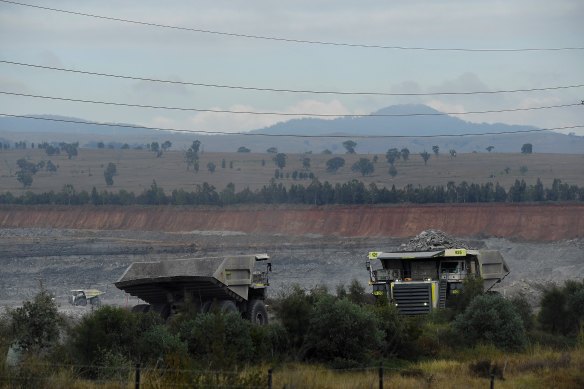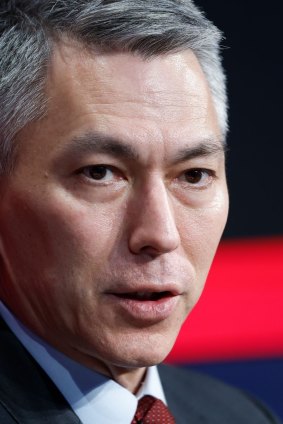BHP wields big stick in coal reserve negotiations
At best BHP’s move to investigate the early closure of its major NSW coal mine could be characterised as a protest against the NSW government’s plan to force coal miners to reserve up to 10 per cent of production for domestic use. But it reads much more like a threat.

At the very least it’s a negotiating tactic as the NSW government and coal miners this week engage again in talks to thrash out how the reservation scheme would work and what compensation might be offered to coal miners required to sell at domestically capped prices.
The strange part about BHP’s aggressive push back is that investment analysts think the impact of the NSW government’s move would be immaterial to the large NSW coal producers – it would barely move the needle.
Regardless BHP went for a big stick. BHP had been planning to run its NSW mine Mt Arthur, until 2030.
This is now under review.
The political implications of the early closure of a mine that employs 2000 in the Hunter region won’t be lost on the NSW treasurer and energy minister Matt Kean as his party heads to the polls next month.
So premier Dominic Perrottet couldn’t let BHP’s threats go without a counter. He jumped into the fracas on Monday saying, “BHP is coming out today at a time when they are receiving super profits in an environment on the back of an illegal war with Ukraine… I’ll stand with families and small businesses across NSW, not with major coal companies who are earning super profits at a time when people are struggling”.
BHP’s negotiating tactic is one it has used before – a threat to close the mine earlier than the currently scheduled.
Only last year BHP started working on the early closure of its Queensland flagship coking coal mines after the surprise move by that government to increase royalties – a move designed to cash in on surging coal prices.
At the time BHP boss Mike Henry declared the company wouldn’t be investing in any new coal mines in Queensland while this super revenue tax was in place.
But reports emerged that BHP had also set aside $750 million in its accounts for early closure and rehabilitation costs.
BHP made its position clear on NSW’s move to reserve coal via a memo sent to its workers from the head of NSW energy coal, Adam Lancey on Friday. In the missive which was widely reported he stated the company’s position that it didn’t like market interventions because ‘short-term measures have negative long-term impacts’.
At this stage, the government has put a one-year time frame on the price cap.
Like other coal producers BHP is questioning whether the cap and reservation scheme will achieve the federal and state governments’ ultimate goal of lowering the cost of energy for householders and commercial users.

BHP, the world’s largest miner, is also questioning whether it can cover its costs if forced to sell up to 10 per cent of the coal from its NSW Mt Arthur mine at the capped price.
The company would need to find ways to transport the coal to power stations because it decommissioned the infrastructure that originally linked the mine to the power plant.
And it’s a bit fuzzy about whether this would involve breaking existing international sale contracts.
Meanwhile, the communication from BHP looks like a shot across the bow at any attempts by the NSW government to follow the lead taken by Queensland which hiked royalties last year and expects to raise $2.4 billion of additional revenues from them over the next four years.
While the prospect of additional royalties in NSW has spooked coal miners, Perrottet stated publicly the government had no such plans.
The Market Recap newsletter is a wrap of the day’s trading. Get it each weekday afternoon.
Most Viewed in Business
Source: Thanks smh.com